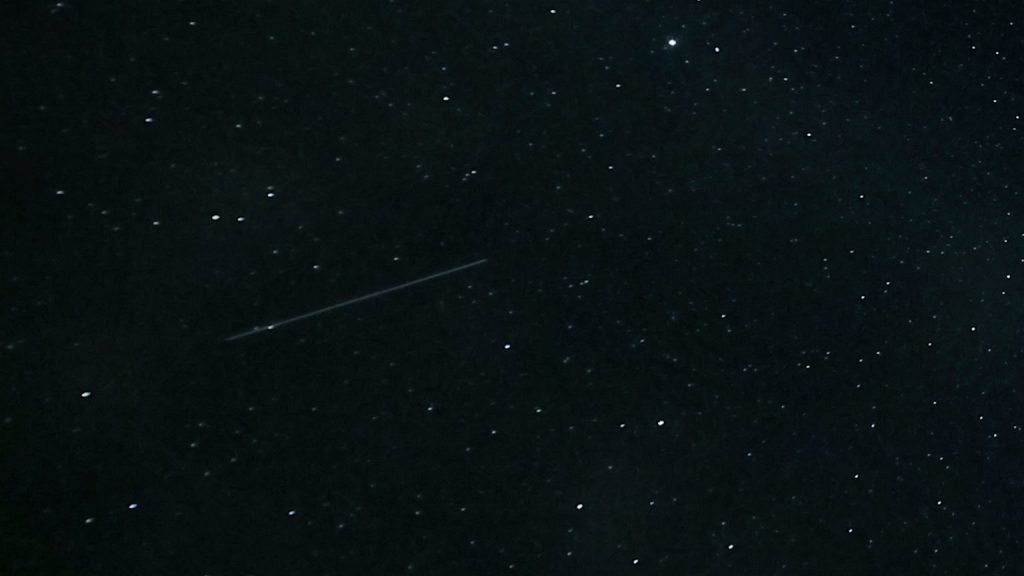The Perseids are active from mid-July, this year from July 17 to August 24. However, it should be noted that the peak of the swarm will not occur until August.
Perseids 2021. When will the swarm peak?
The peak of the swarm’s activity, which we know as the “Night of Falling Stars,” falls this year on the night of August 12-13. This is the time when the phenomenon will be most exciting. During this night, more than 100 objects can be observed in the sky per hour.
It must be remembered that when viewing the Perseids from Poland, you have to look to the northeast. And find a suitable place to observe in advance – you do not have to climb hills or high points, but it is better to find a dark place away from the lights if possible. In addition, it is useful not to use mobile phones at this time to get your eyes used to the dark.
Perseids 2021. Where do shooting stars come from?
Meteor showers are the remnants of comets flying through the inner solar system. So it is a rocky material of different sizes.
They were observed about 2000 years ago, and the first information about observations comes from the Far East. Its name comes from the constellation Perseus – this is where the radiation of the swarm is located, that is, the point from which meteorites fly. They are also called “The Tears of Saint Lawrence” because their climax falls precisely during the feast of this patron saint. outlet ekologia.pl It is reported that the largest meteor shower in Poland fell on January 30, 1868 near Pułtusk. Specialists from the Department of Geology at the University of Warsaw estimated that the pieces had a total weight of 8,863 kilograms, and most of them were samples of several grams.




.jpeg)
.jpeg)
More Stories
Nvidia GeForce RTX 4090: AIDA64 gets Ada spearhead support
Rogue Trader – Details about the first cRPG in the series – CD-Action
t3n – Digital Pioneers | digital business magazine